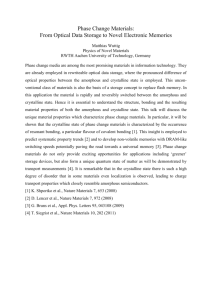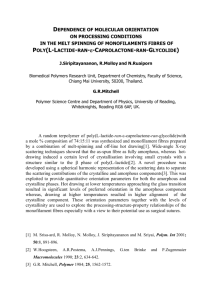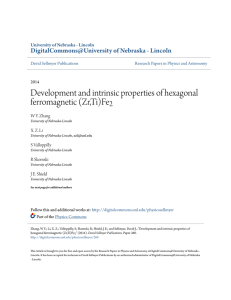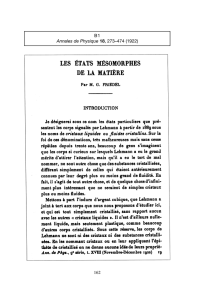Crystalline/Amorphous Regions – CD-RW Technology (Phase Change Technology)
advertisement
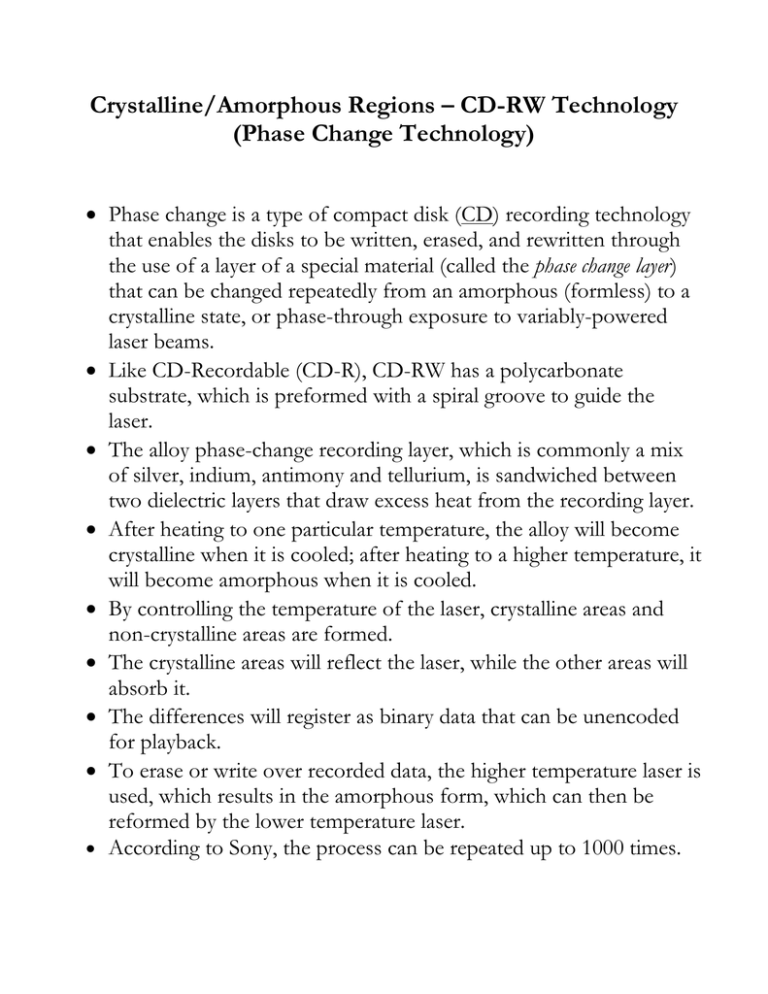
Crystalline/Amorphous Regions – CD-RW Technology (Phase Change Technology) Phase change is a type of compact disk (CD) recording technology that enables the disks to be written, erased, and rewritten through the use of a layer of a special material (called the phase change layer) that can be changed repeatedly from an amorphous (formless) to a crystalline state, or phase-through exposure to variably-powered laser beams. Like CD-Recordable (CD-R), CD-RW has a polycarbonate substrate, which is preformed with a spiral groove to guide the laser. The alloy phase-change recording layer, which is commonly a mix of silver, indium, antimony and tellurium, is sandwiched between two dielectric layers that draw excess heat from the recording layer. After heating to one particular temperature, the alloy will become crystalline when it is cooled; after heating to a higher temperature, it will become amorphous when it is cooled. By controlling the temperature of the laser, crystalline areas and non-crystalline areas are formed. The crystalline areas will reflect the laser, while the other areas will absorb it. The differences will register as binary data that can be unencoded for playback. To erase or write over recorded data, the higher temperature laser is used, which results in the amorphous form, which can then be reformed by the lower temperature laser. According to Sony, the process can be repeated up to 1000 times.
